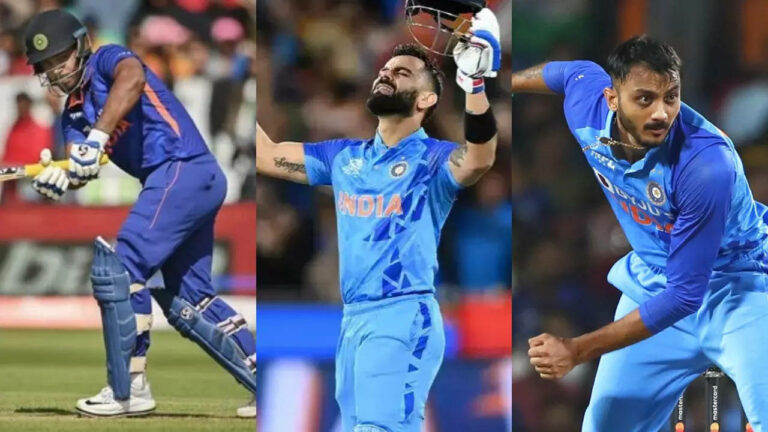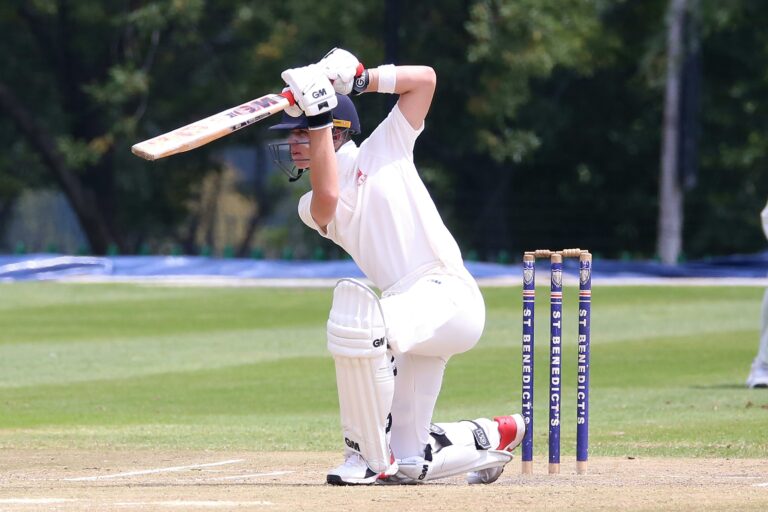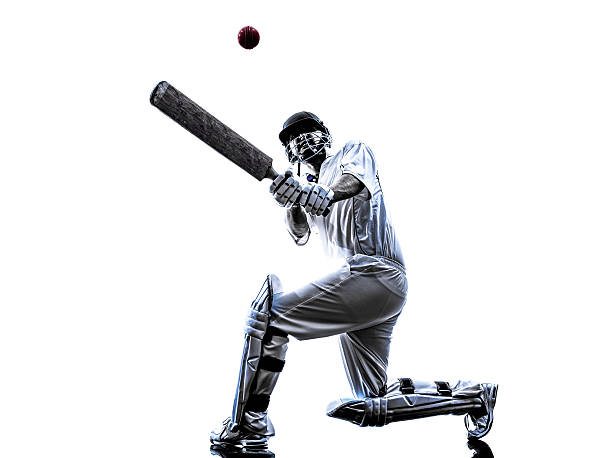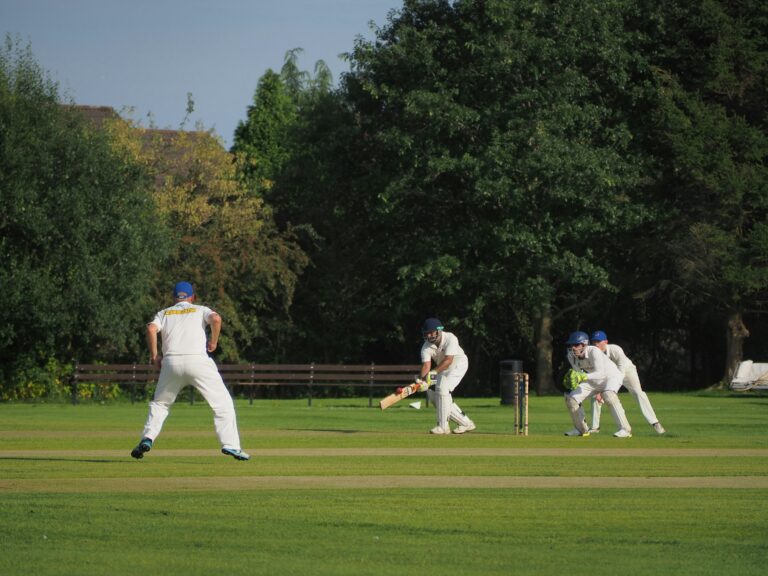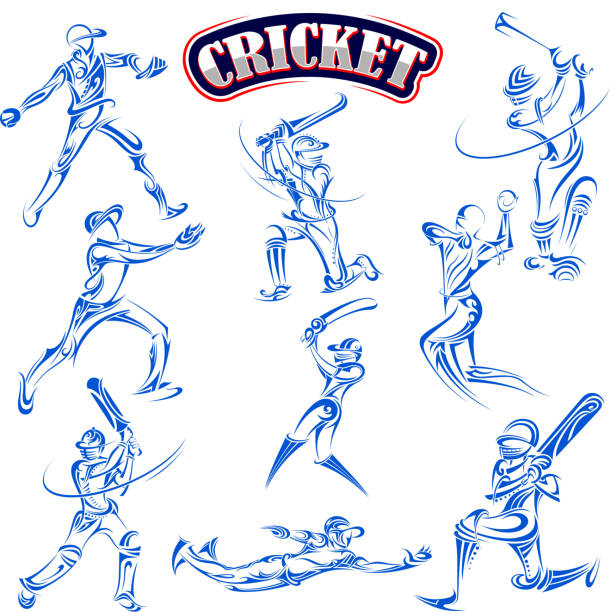The Impact of Sports Science on Cricket Coverage
betbhai9 com sign up, radhe exchange admin login, mylaser247:Cricket, a beloved sport played and watched by millions around the world, has seen a significant shift in coverage over the years, thanks to advancements in sports science. From biomechanics to performance analysis, sports science has revolutionized the way cricket is played, coached, and covered. In this article, we will explore the impact of sports science on cricket coverage and how it has transformed the game.
The Evolution of Cricket Coverage
Cricket coverage has come a long way from the days of radio broadcasts and newspaper reports. With the advent of television, fans were able to watch matches live from the comfort of their homes, bringing the action closer to them than ever before. However, it wasn’t until the introduction of sports science that coverage truly began to evolve.
Sports scientists began to analyze every aspect of the game, from player performance to match strategies. They used advanced technologies like biomechanics and performance analysis to provide insights that were previously unimaginable. These insights not only helped players improve their game but also enhanced the way matches were covered.
The Impact of Biomechanics
Biomechanics, the study of human movement, has had a profound impact on cricket coverage. By analyzing the movements of players, sports scientists can pinpoint areas for improvement in technique and reduce the risk of injuries. For example, biomechanical analysis has helped bowlers perfect their bowling action, ensuring maximum efficiency and accuracy.
In terms of coverage, biomechanics has allowed commentators and analysts to break down a player’s technique in real-time, providing viewers with a deeper understanding of the game. This, in turn, has enhanced the overall viewing experience, making cricket more accessible and engaging for fans.
The Rise of Performance Analysis
Performance analysis is another key aspect of sports science that has revolutionized cricket coverage. By tracking key performance metrics like run rate, strike rate, and bowling averages, sports scientists can provide valuable insights into a player’s performance and help teams strategize more effectively.
From a coverage perspective, performance analysis has enabled commentators to provide in-depth analysis of player statistics and team strategies. This data-driven approach has added a new layer of complexity to cricket coverage, allowing fans to better understand the nuances of the game.
The Role of Technology
Technological advancements have played a crucial role in the integration of sports science into cricket coverage. High-speed cameras, GPS trackers, and wearable sensors have enabled sports scientists to collect vast amounts of data and provide real-time insights into player performance.
This data is not only used by teams to improve their training and performance but also by broadcasters to enhance their coverage. For example, Hawkeye technology, which uses ball-tracking technology to determine the path of the ball, has become a staple in cricket coverage, providing viewers with a more immersive and interactive experience.
The Future of Cricket Coverage
As sports science continues to advance, the future of cricket coverage looks bright. With the advent of artificial intelligence and machine learning, we can expect even more sophisticated analysis of player performance and match strategies. This, in turn, will lead to a more informed and engaging viewing experience for fans.
FAQs
Q: How has sports science impacted player training in cricket?
A: Sports science has revolutionized player training in cricket by providing valuable insights into technique, performance, and injury prevention. By using advanced technologies like biomechanics and performance analysis, players can optimize their training routines and improve their overall performance on the field.
Q: How has sports science improved match strategy in cricket?
A: Sports science has helped teams develop more effective match strategies by providing data-driven insights into player performance and opposition weaknesses. By analyzing key performance metrics, teams can make more informed decisions on fielding positions, bowling changes, and batting orders, ultimately giving them a competitive edge.
Q: How has sports science enhanced the viewing experience for cricket fans?
A: Sports science has enhanced the viewing experience for cricket fans by providing in-depth analysis of player performance, match strategies, and game insights. By using technologies like Hawkeye and GPS trackers, broadcasters can offer viewers a more immersive and interactive experience, making cricket coverage more engaging and informative.
In conclusion, the impact of sports science on cricket coverage has been profound. From biomechanical analysis to performance tracking, sports science has transformed the way cricket is played, coached, and covered. As technology continues to advance, we can expect even more innovative and data-driven approaches to cricket coverage, enriching the viewing experience for fans around the world.


